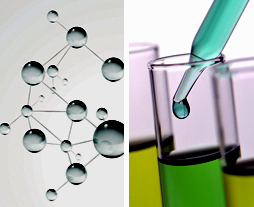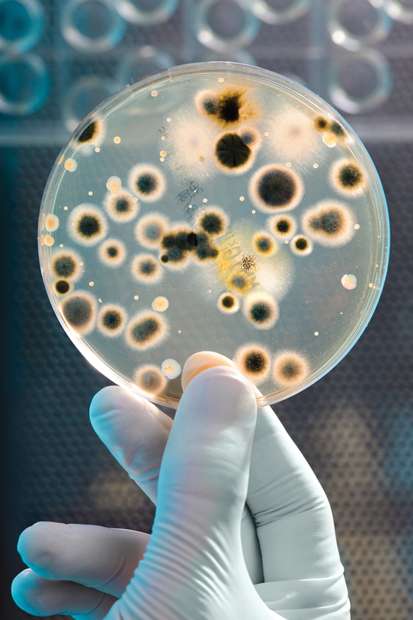Detergents are chemicals designed to assist in the removal of soil from a surface and are available as powders, liquids, foams or gels.
When selecting a detergent, the following points should be considered:
|
 |
|
Detergent types:
Alkaline and Caustic detergents are probably the most common detergents used throughout the food industry as they have good fat and protein removal properties and they can be used across a wide spectrum of food manufacturing environments. Both contain sodium hydroxide boosted with surfactants and sequestrants. Caustic detergents contain higher levels of Sodium Hydroxide and generally have higher risk classifications than alkaline detergents. They are corrosive to skin and should always be used in conjunction with the correct Personal Protective Equipment. They may also attack soft metals such as aluminium, tin, brass etc.
These are used mainly for protein, mineral and vegetable deposit removal and typically contain phosphoric acid. Acids must never be allowed to come into contact with chlorine compounds because of the consequential release of chlorine gas, which can prove to be fatal.
These are generally blends of surfactants used for manual dishwashing and manual cleaning. They are generally safe to use and are found predominantly in domestic and light industrial use. Gloves should still be worn to avoid de-fatting of the skin and to reduce the risk of dermatitis. |
 |
||
Types of Soil
|
|||
There are essentially two types of soil:
When removing liquid protein deposits such as egg, blood or meat it is best practice to begin with a cold water rinse first to prevent “cooking” of the protein. When grease or oil is heated it will form a resolute, dark, sticky polymerised deposit, which can generally be removed with an alkaline detergent. If the polymerised deposit is heated further it results in the formation of carbon, which generally has to be removed by a more aggressive caustic alkali detergent such as sodium hydroxide.
Soils are very rarely made up of one component, for example a hard scale in a meat processing area may be a complex of a mineral scale and protein. |
 |
||